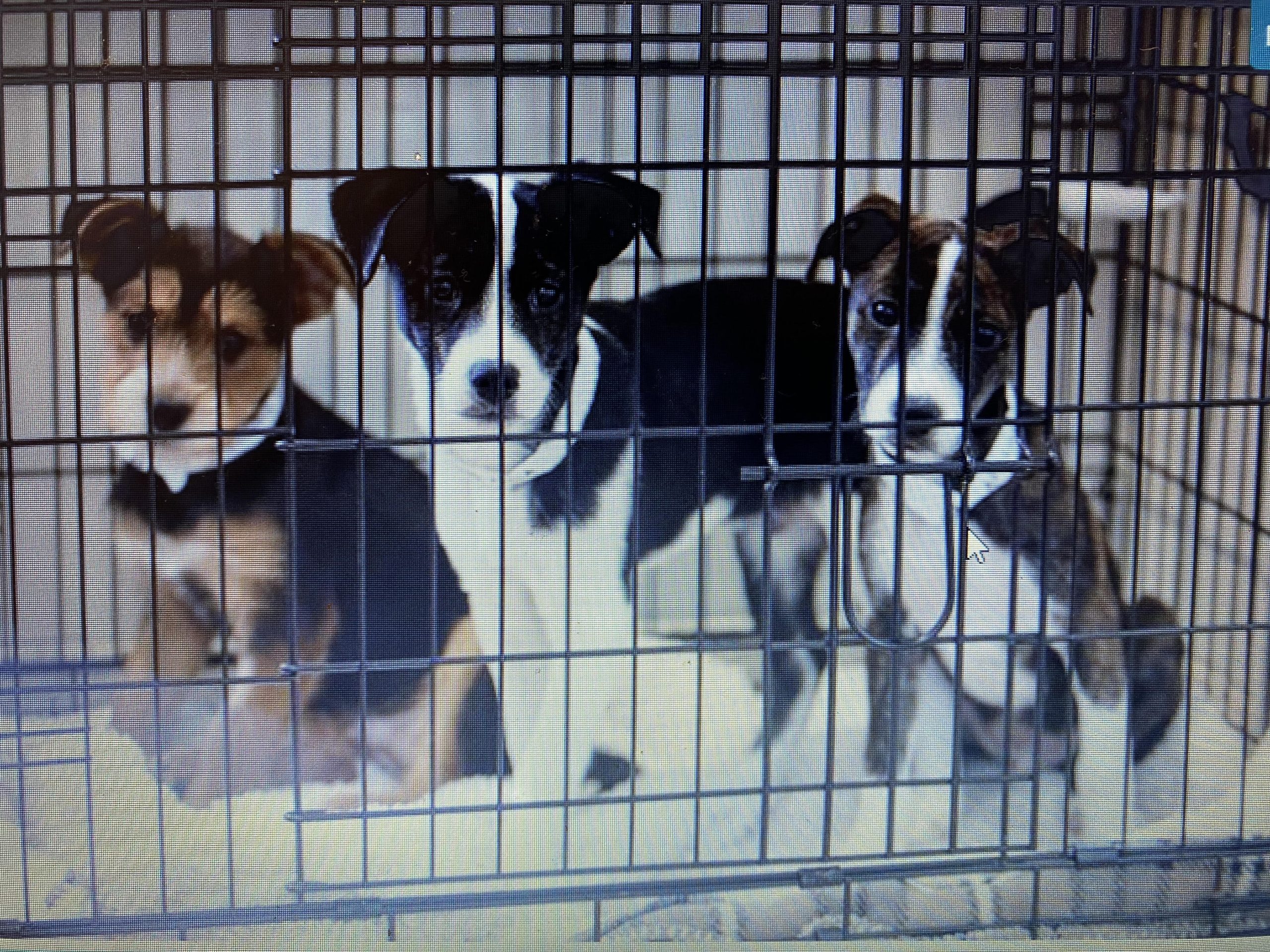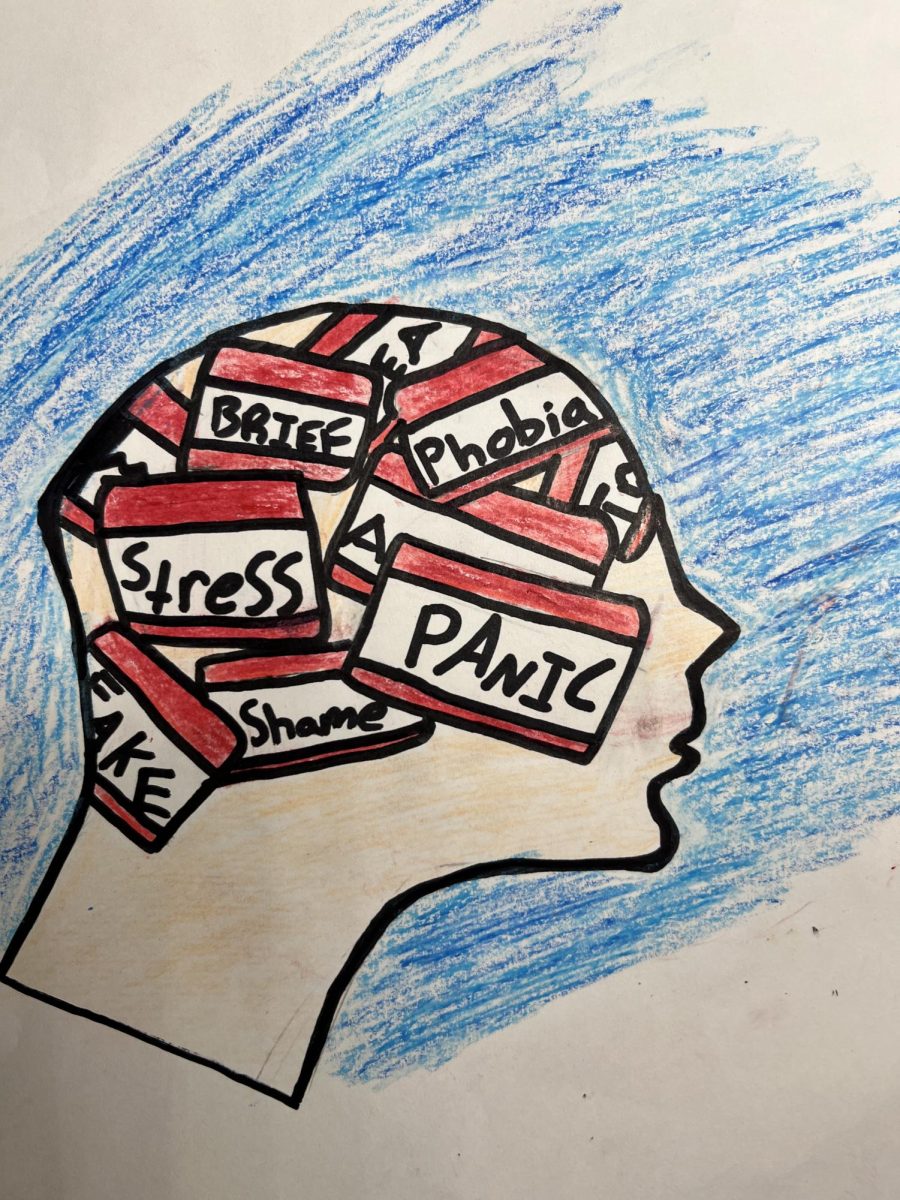Since 2021, animal shelters nationwide have been overflowing. This is happening for multiple reasons, the first one being that there is a current shortage of veterinarians. Pet ownership is increasing steadily and the amount of veterinarians graduating each year is not enough to keep up with this. Because of this people are struggling to find care for their pets, causing them to bring their pets to shelters. Another main reason for the overflow is that pet-care has become extremely expensive. People around the country are looking towards shelters because they cannot afford other care for their pet. However, one of the roots of the issue is that there are also an increasing number of dog breeders.
In 2022, the number of dog breeders increased by only 3% in one year. The dog-breeding industry is clearly expanding every year and this is only going to damage already overflowed shelters. Another prime reason why animal shelters are overflowing is that pet adoption rates are down. In 2020, 1.9 million dogs and cats were adopted from shelters. However, an extreme decrease in pet adoption is seen through 2022 where only 937,492 dogs and cats were adopted according to bechewy.com. A decrease of 1 million adopted pets nationwide has left shelters inundated.
While many people may focus on the bigger and more popular shelters, smaller shelters around the country are also struggling. In New Jersey, a less known shelter, St. Hubert’s Animal Welfare Center, closed in Somerville NJ. They were forced to close due to an influx of animals that could not be cared for due to the lack of financial support received.
Benjamin Costales ‘26 claims “Local shelters are just as important as bigger shelters, without local shelters I have no idea what we do”
There are also many problems that stem from overpopulation in shelters. One of the major problems is the pressure it puts on shelter workers. Animals constantly need to be cared for, and with too many of them workers are being completely strained. The pressure on staff has also become worse because of the lack of workers. Not only can this negatively affect the working environment, but in a worse scenario it can cause the shelter to shut down completely. Another problem is the increasing amounts of money that shelters have to spend to keep afloat. There are many costs that shelters need to cover including salaries for every worker, food, cleaning supplies, animal transportation, bills, and other utility items. With the number of animals in shelters skyrocketing, the costs to keep up with them is also skyrocketing. Eventually, if the issue becomes large enough, shelters will shut down. Animals from closed shelters are either distributed into other shelters, making the overcrowded problem even worse, or they are sadly euthanized.
“It is so sad to hear about the thousands of animals being euthanized every month. It’s even sadder knowing the number is only increasing” said Evan Schwartz ‘26.
The issue has gotten worse over the past few years. Animals nationwide are becoming either euthanized or homeless. We can only hope the issue is solved soon and animals are given the lives they deserve.








